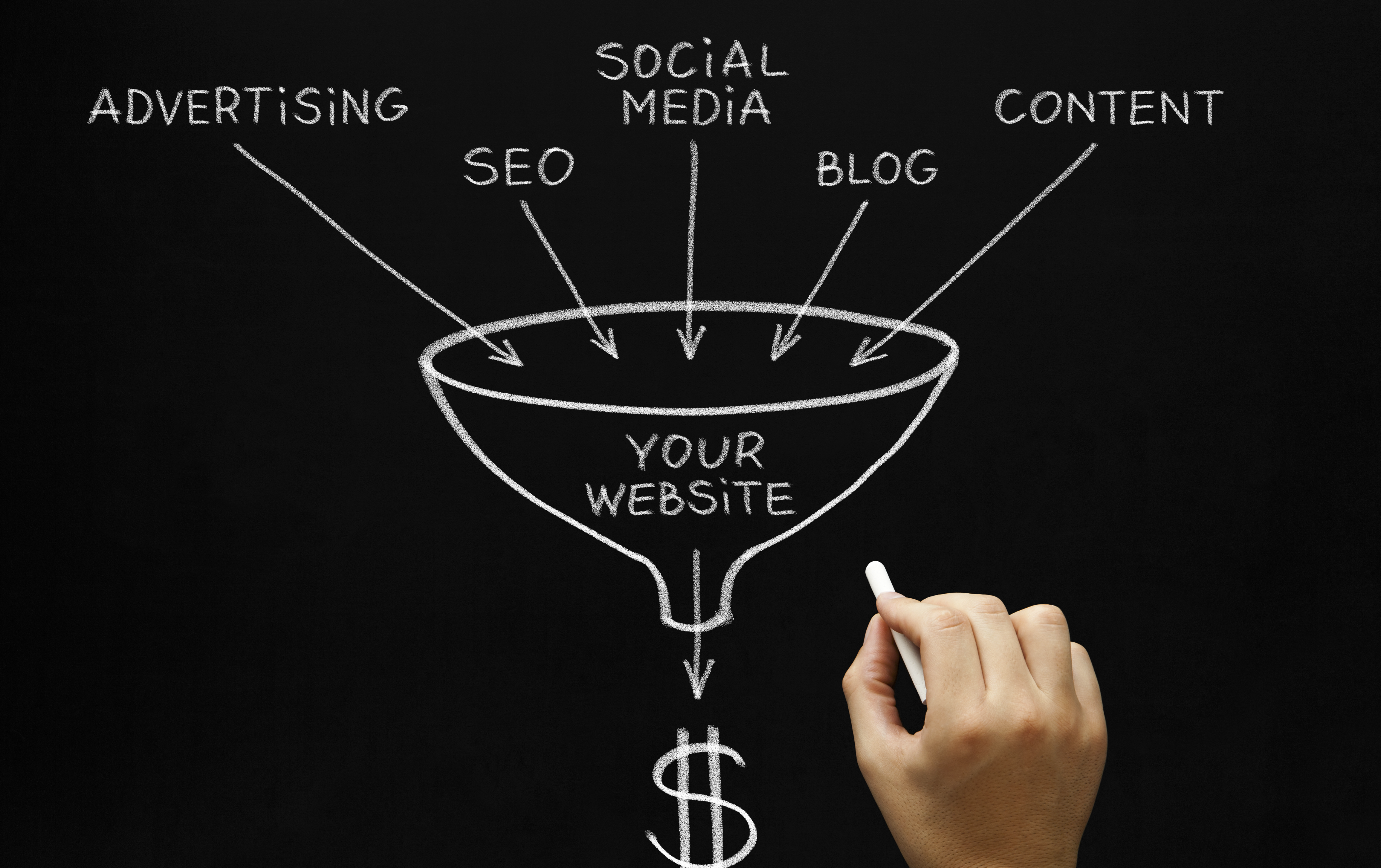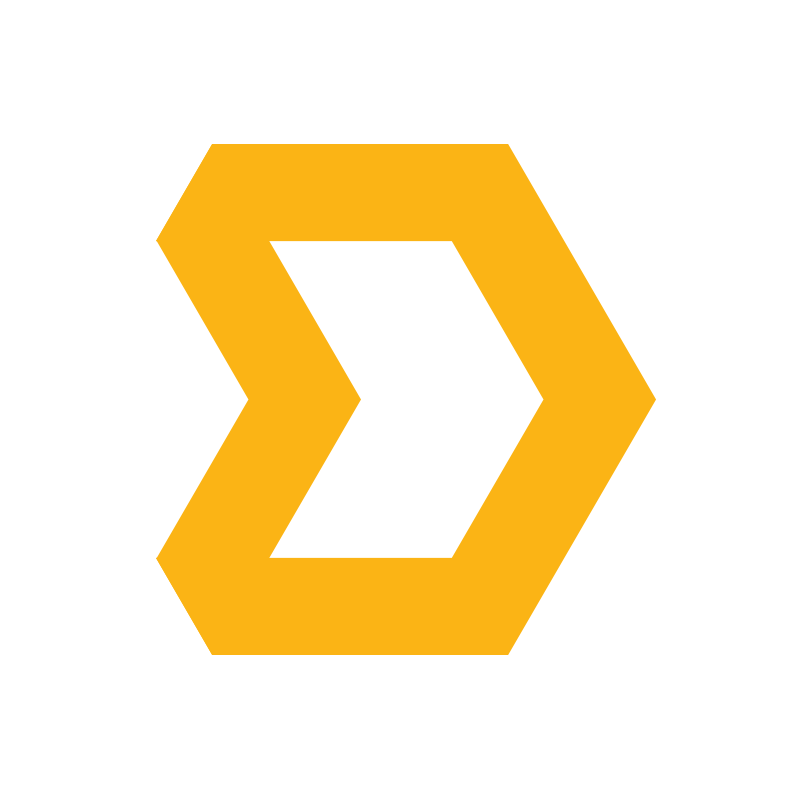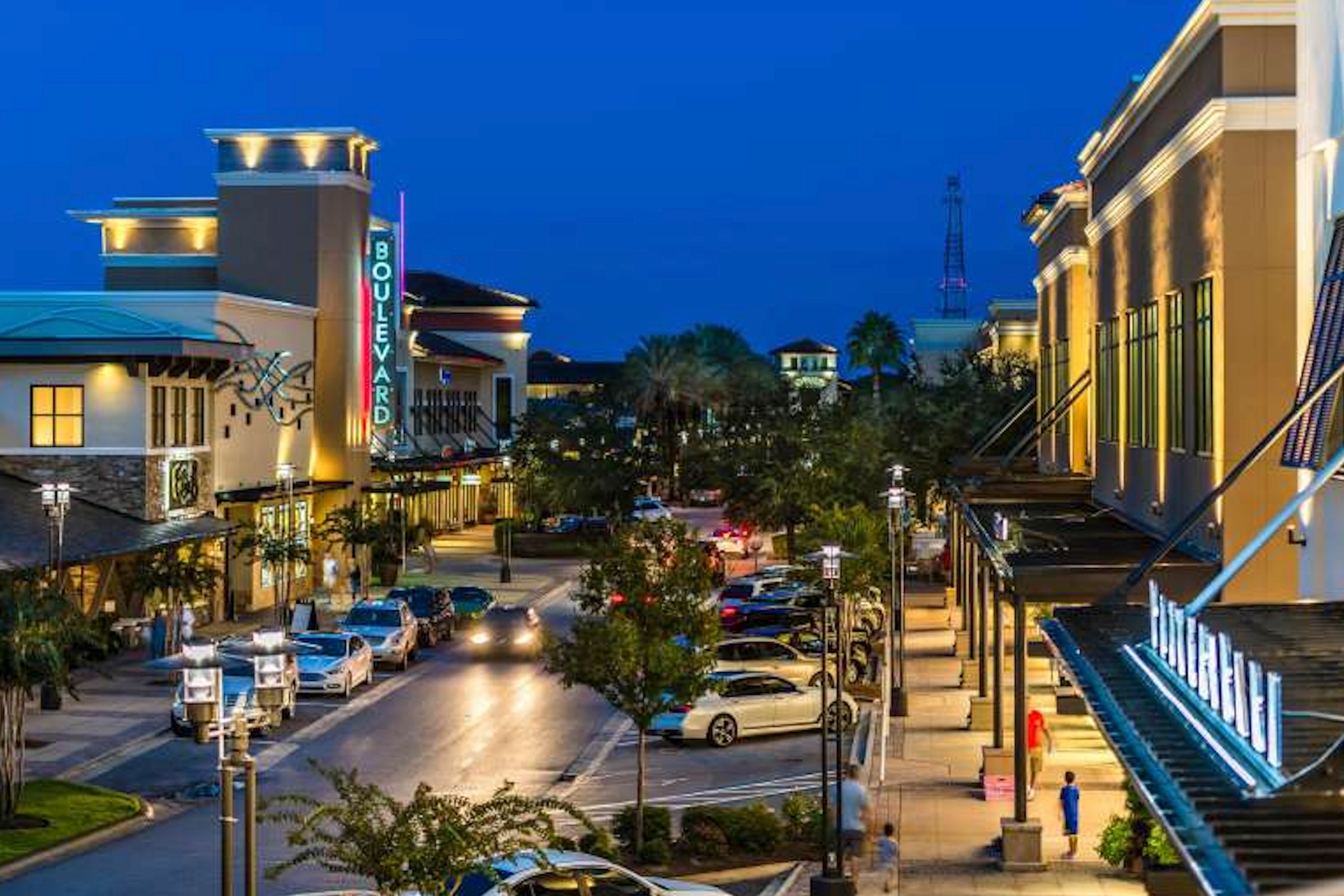As part of an on-going series discussing the online marketing funnel we will be going through each digital media tactic and reviewing when media reaches the target audience and how it affects their buying and planning decisions.
The first tactic to review is display advertising (banner ads) and how, when and why to use banners as part of your online marketing strategy. Banner advertising is not as simple as it once was and there are many ways to judge to effectiveness of the tactic and whether it is the right fit for your marketing strategy.
Where does Banner Advertising Fall in the Marketing Funnel?
The Marketing or Audience Awareness Funnel is a brief snapshot of where in the sales and planning cycle paid media will influence a consumer. The top of the funnel is reaching consumers that may not even be aware of your brand yet or have limited understanding of the products and services offered by an advertiser. The bottom of the funnel reaches consumers that are actively searching for your specific brand or a close competitor and is very close to making a purchase decision.
Prospecting with banner advertising starts the top of the funnel as a way to reach consumers at the very beginning of their decision making process. This top of funnel approach helps to raise awareness and begin to build brand recognition with a consumer.
When an advertiser uses website retargeting to reach a consumer, they have now moved down the funnel, closer towards influencing a buying decision. Banner advertising through website retargeting will only serve ads to consumers who have previously visited your website and did not yet convert (i.e. left the site before booking a room, making a purchase, signing up for an email newsletter, etc.)
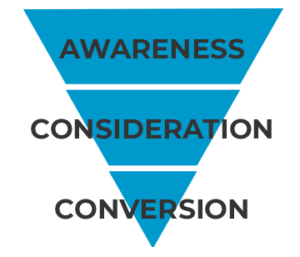
Who sees My Banner Ads?
We will not go in to the history of display advertising since the approach has been around nearly as long as the internet and everyone is familiar with what a banner ad looks like and where to find them. The biggest difference today, 2016, compared to 10 or 15 years ago is the rise of ad serving through Real Time Bidding (RTB).
Programmatic and RTB ad serving platforms allow for advertisers to place their banner ads in front of the right audience at the right time no matter what website the end-consumer may be on. Direct site placements are becoming more a thing of the past and are quickly being replaced by RTB advertising. Outside of niche publishers and websites, programmatic can be a powerful tool to put your brand messaging in front of your specific target audience.
Here is a wonderful video on Real Time Bidding from the IAB (Interactive Advertising Bureau) that speaks about the rise of RTB and how it is influencing the digital advertising industry:
If you have a target audience you wish to advertise to, for example women between the ages of 34 and 55 with young children and likely to plan a vacation or trip in the next 3-6 months, you can utilize data targeting to put your message in front of only this specific market segment. This woman with children and planning a trip may be on Parents.com, Pinterest, and tripadvisor.com but also may be searching for weather forecasts on weather.com, the latest news on cnn.com and more. Through RTB you will be able to serve advertising to her on all of these sites and more while often more cost effective than a direct site placement.
My banner ads aren’t getting many clicks!
While ad serving technology improves year over year and the utilization of data targeting grows deeper, banner advertisements continue to struggle to drive website traffic. Depending on the advertiser’s industry the effectiveness of ads will vary but always typically see less than a 1% click through rate. Frankly, consumers that click on banner advertisements are in the minority.
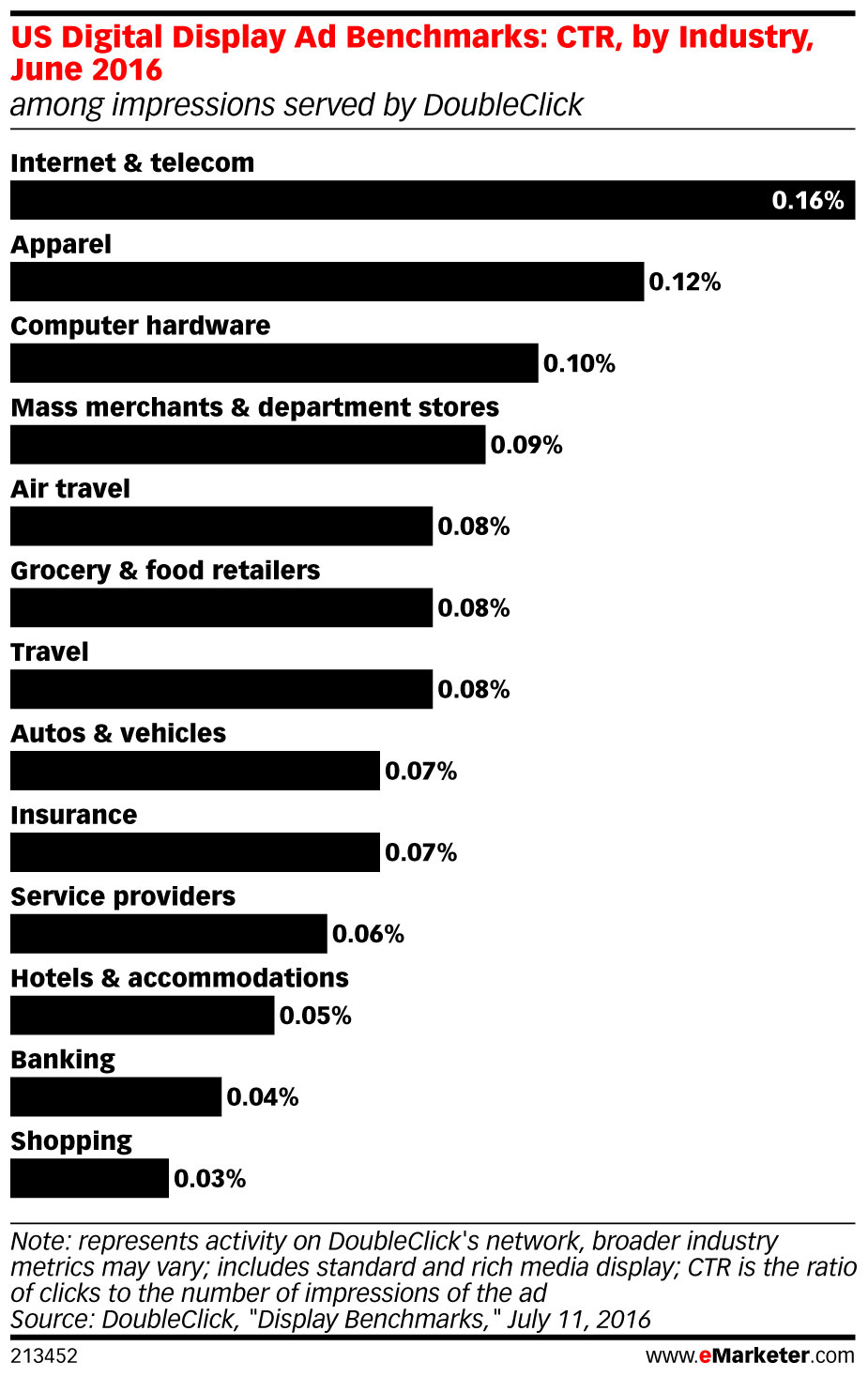
As a media company, we work with hundreds of different advertisers and we have seen how important the ad creative is to help drive traffic and engagement. For example, if the banner ad has no clear call to action, it will likely not drive much traffic to the desired landing page. Additionally, the banner ad creative should speak to the landing page it directs to. If your ad has a picture of shoes and talks about great shopping promotions, do not link it to a landing page that speaks about local events and activities.
How Do I Know if My Banner Campaign Was a Success?
Banner advertising is one of the most difficult tactics to measure success and effectiveness with. With so few clicks on banner advertisements and the rise of ad fraud and bot traffic it is harder than ever to determine whether or not a media campaign was effective.
Signs of a Successful Banner Campaign
- Click through rate is in-line with industry average
- When looking in Google Analytics, bounce rates are less than 85%. For a top of funnel advertising program, you can expect higher bounce rates compared to Organic Traffic and Paid Search. You should work with media vendors that continually optimize campaigns and encourage lower bounce rates.
- Uptick in Organic and Direct traffic during and after a paid banner advertising campaign especially from the geographies targeted in the media approach. Many consumers will choose to do a Google search for your brand after seeing a banner in-stead of click on the ads themselves. This is called a “view through”.
Banner Advertising Red Flags
- If the average click through rate of the banner campaign was 1% or greater, it is possible bot traffic played a part in the boosted clicks.
- In Google Analytics, check the geography of the media serving source. If there is significant traffic outside of your targeted geography it is possible either the campaign was not setup correctly by the media vendor or that there was bot traffic.
- If the browser used by users was predominantly Internet Explorer, this could indicate bot traffic.
Is Banner Advertising Worth my Time and Money?
Banner advertising is an effective tool to raise brand awareness and be the first touchpoint on a new audience. That being said, click through rates are in decline and banners should never been used as a way to drive traffic to a website.
Advertisers should think of display advertising as an online billboard. When you are driving in your car and you see a billboard on the road you can’t click it. If you see that billboard enough times, you will start to remember the advertiser’s message and brand recognition increases.
Unlike roadside billboards, with display advertising you can put your message in front of the right audience at the right time to maximize impact and increase brand lift amongst your target audience.
